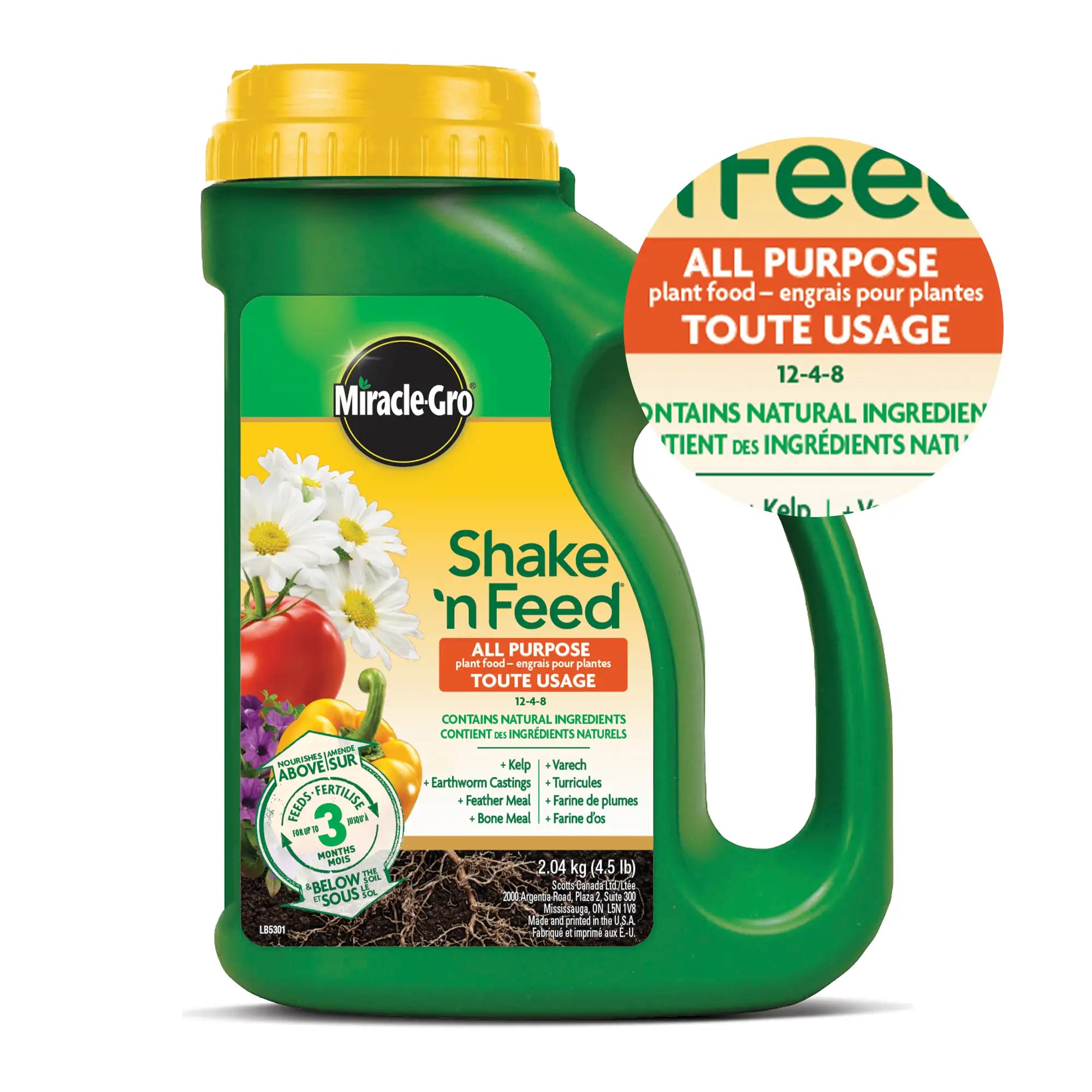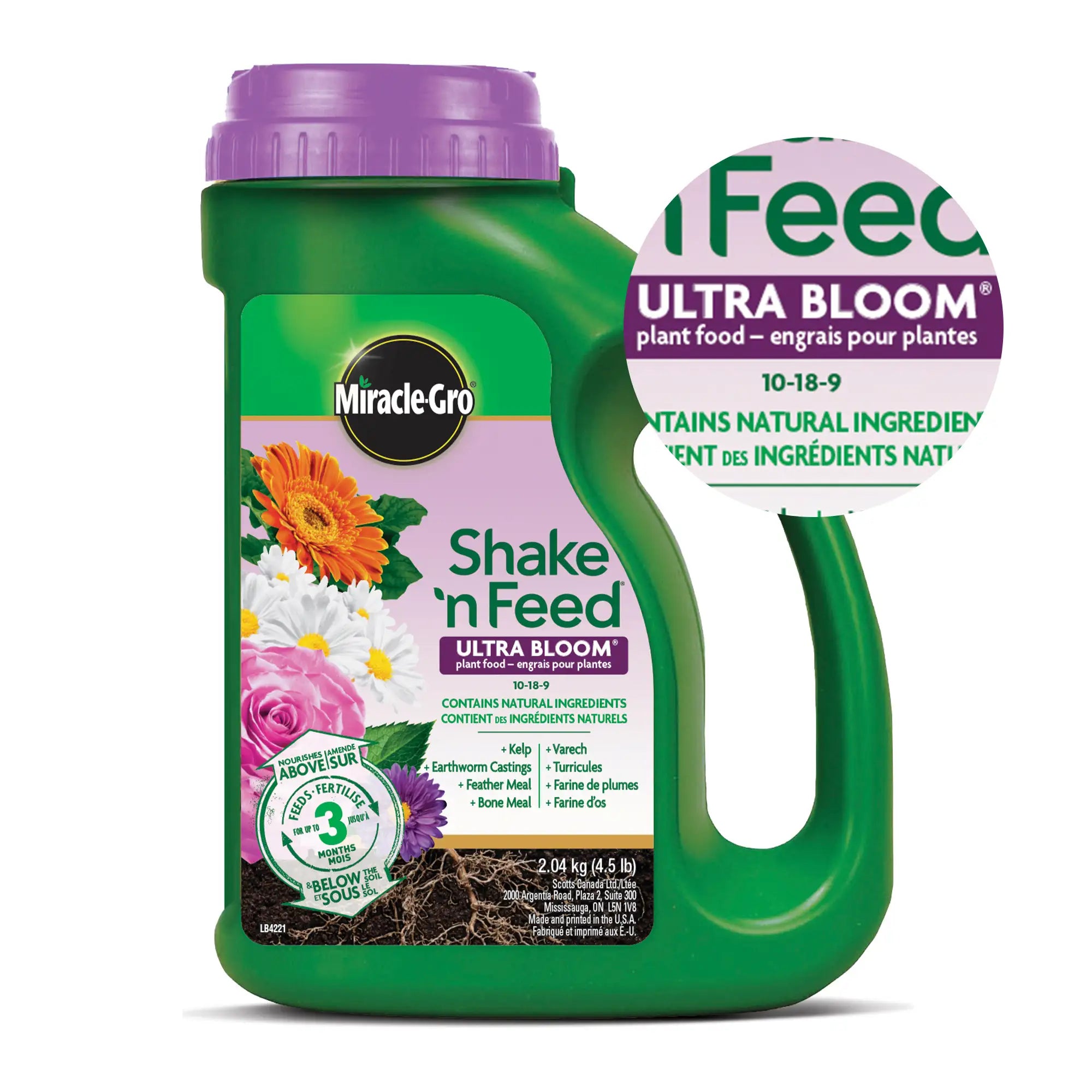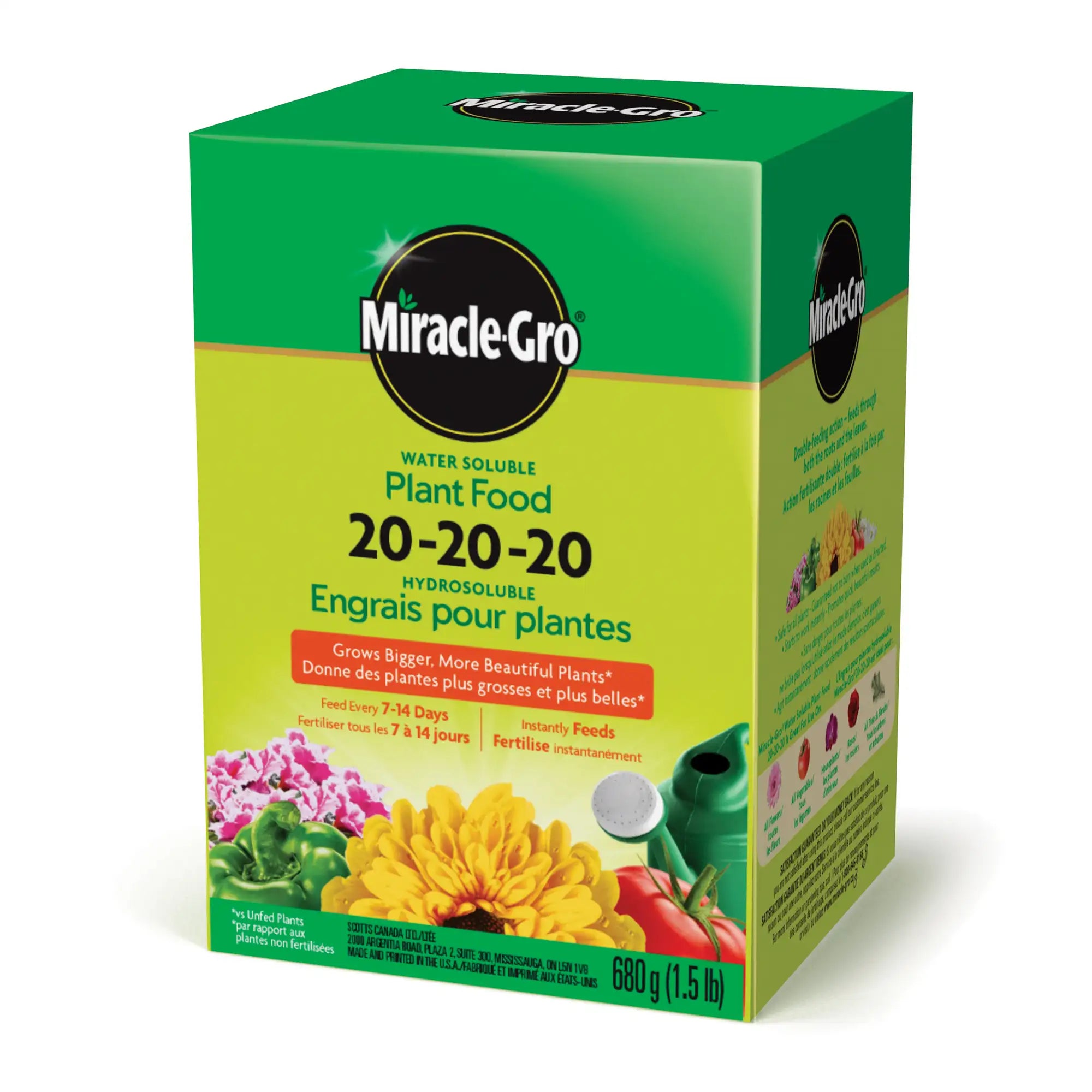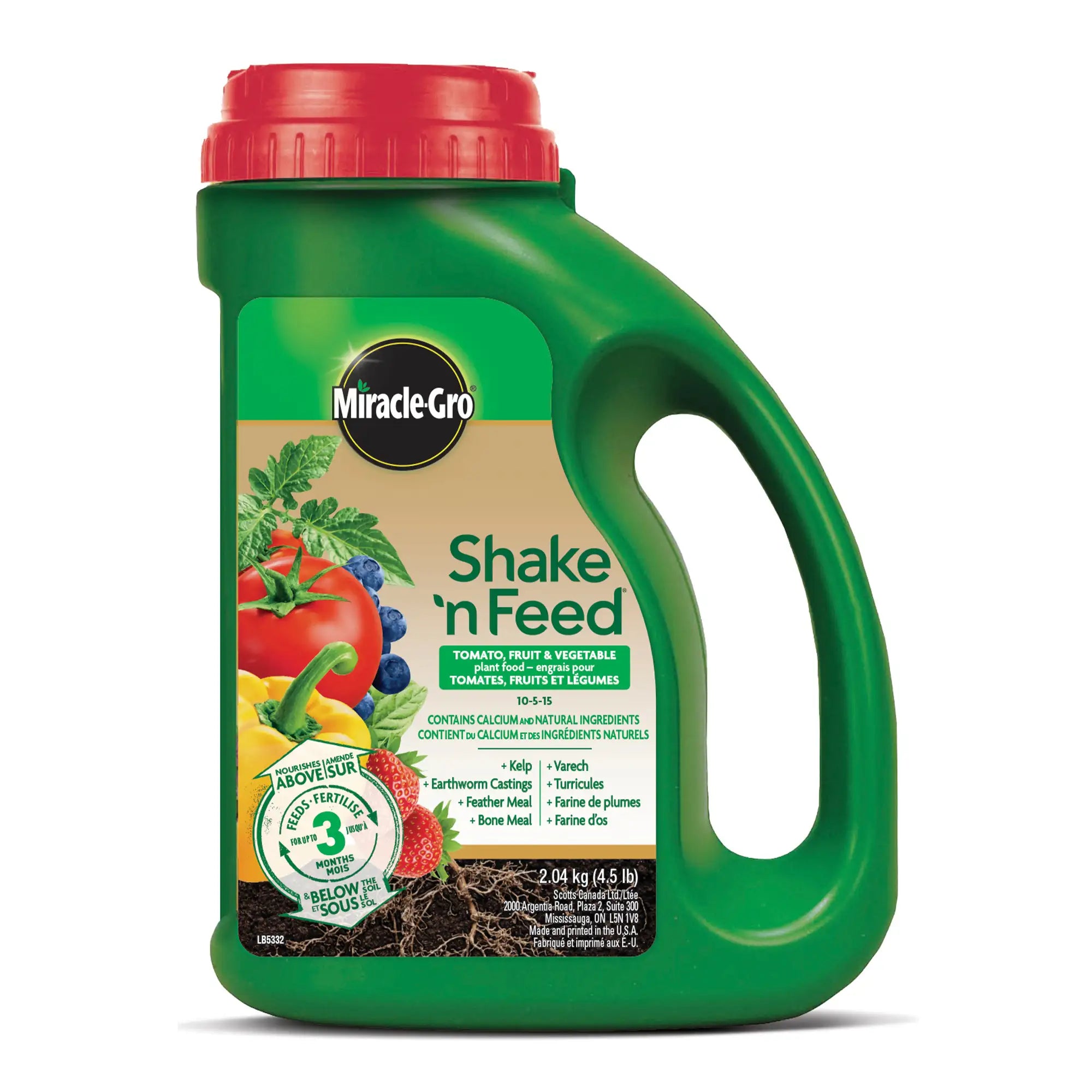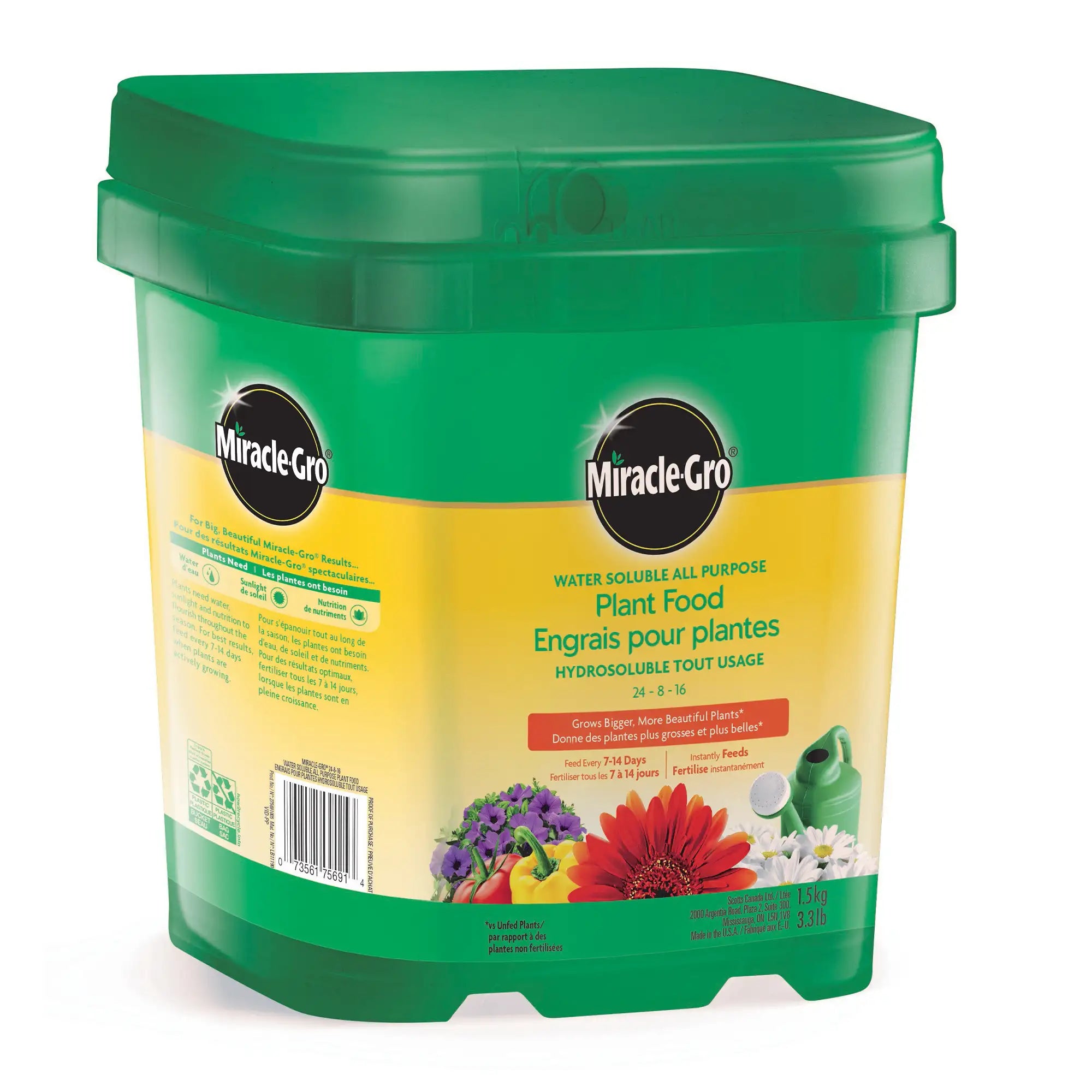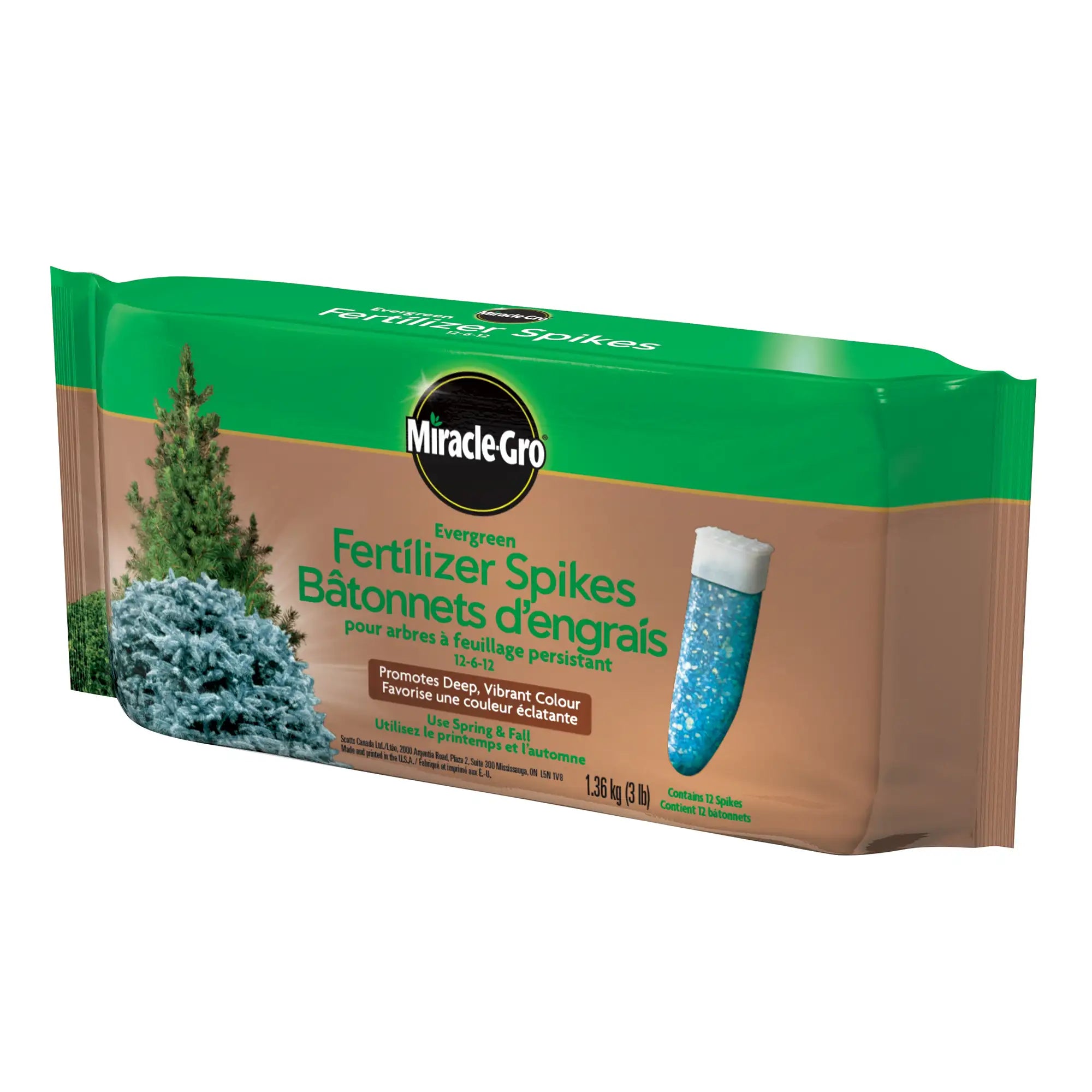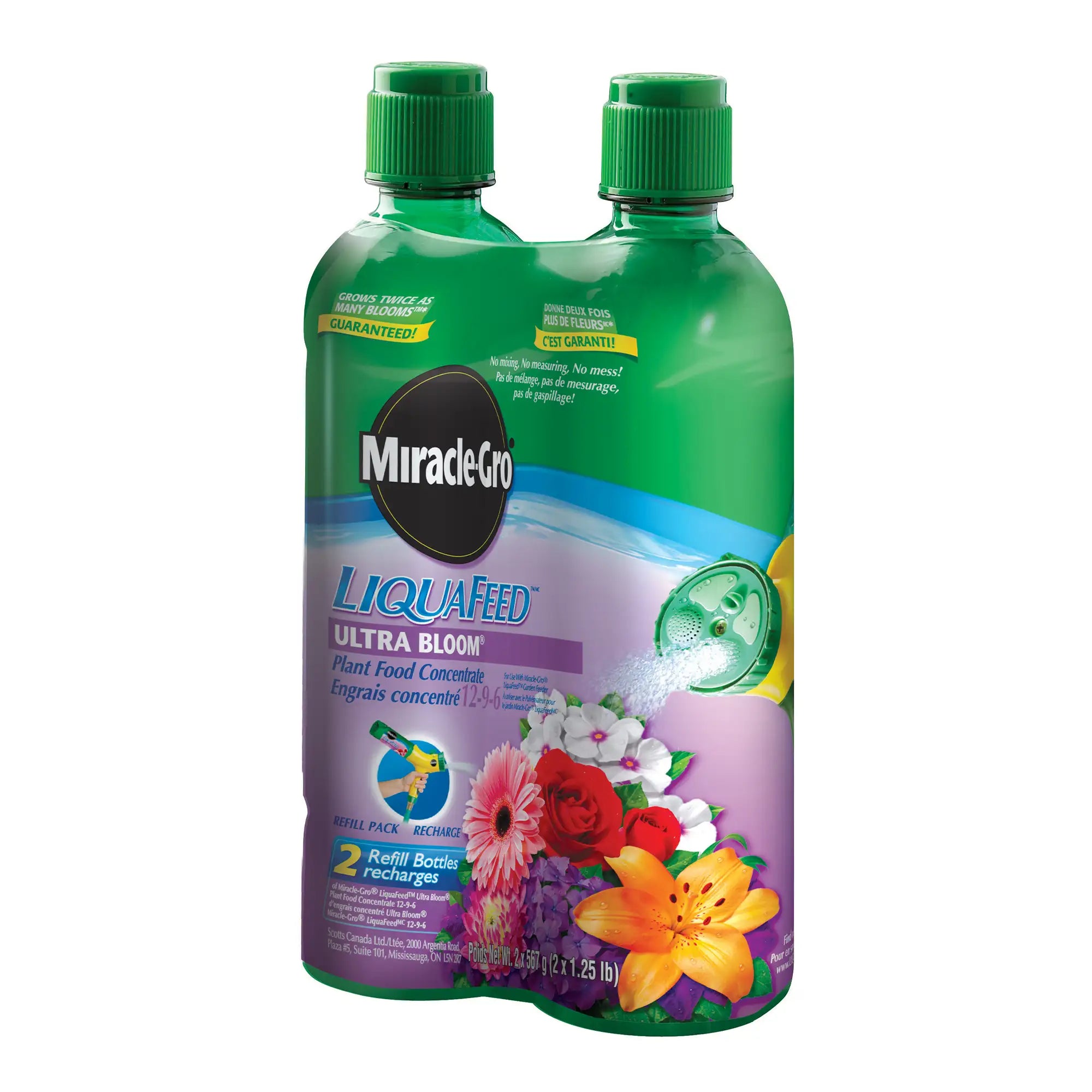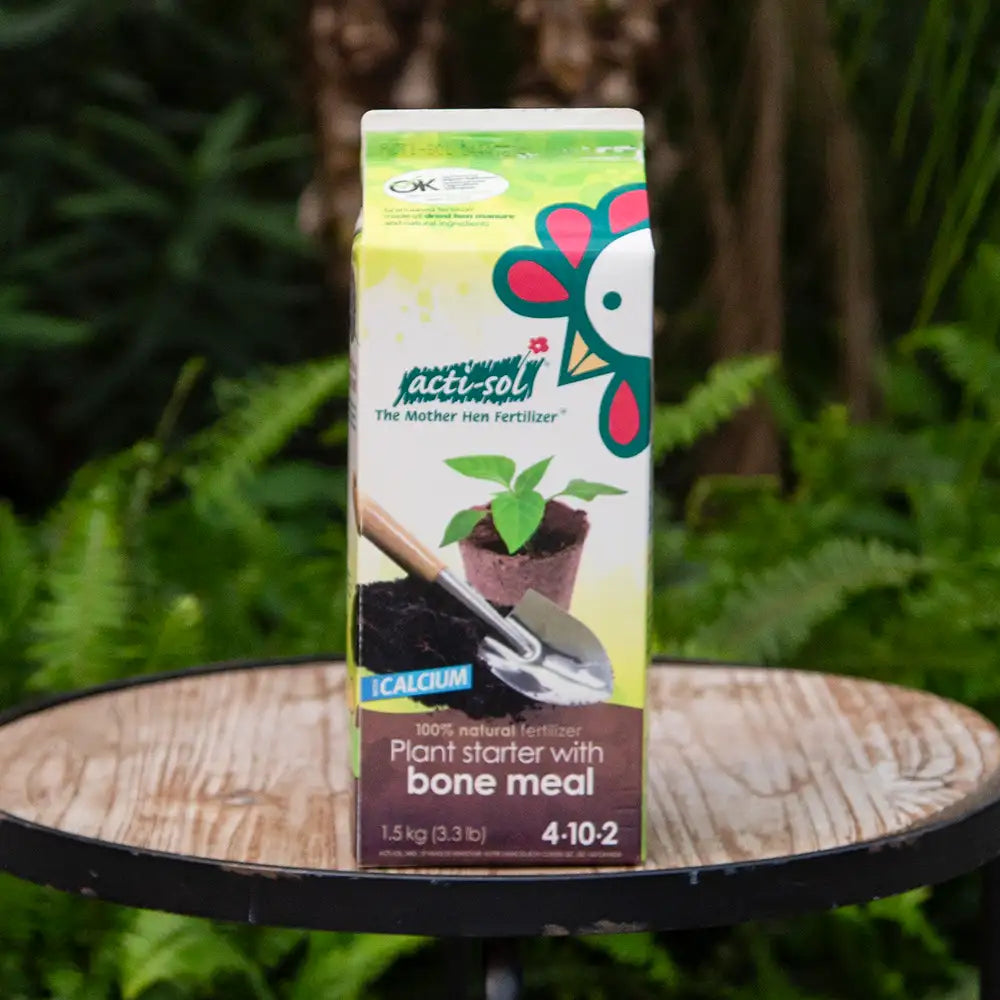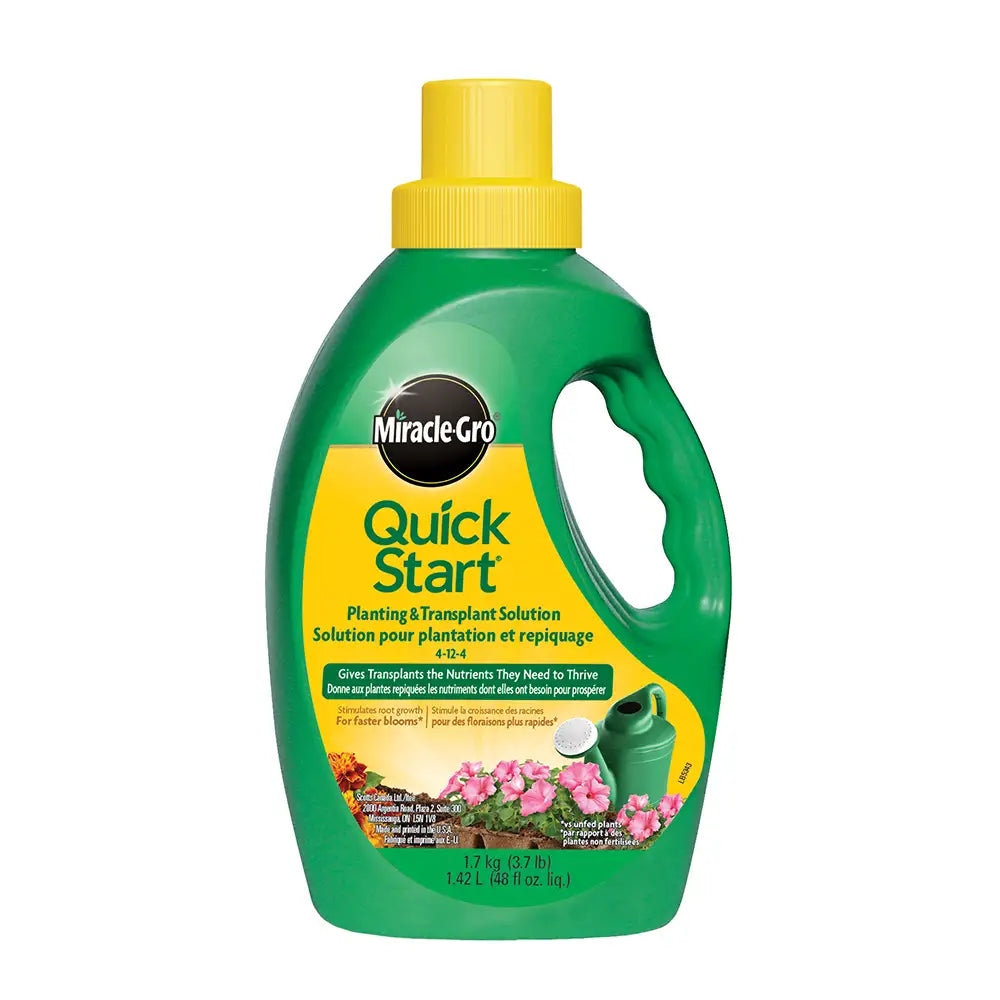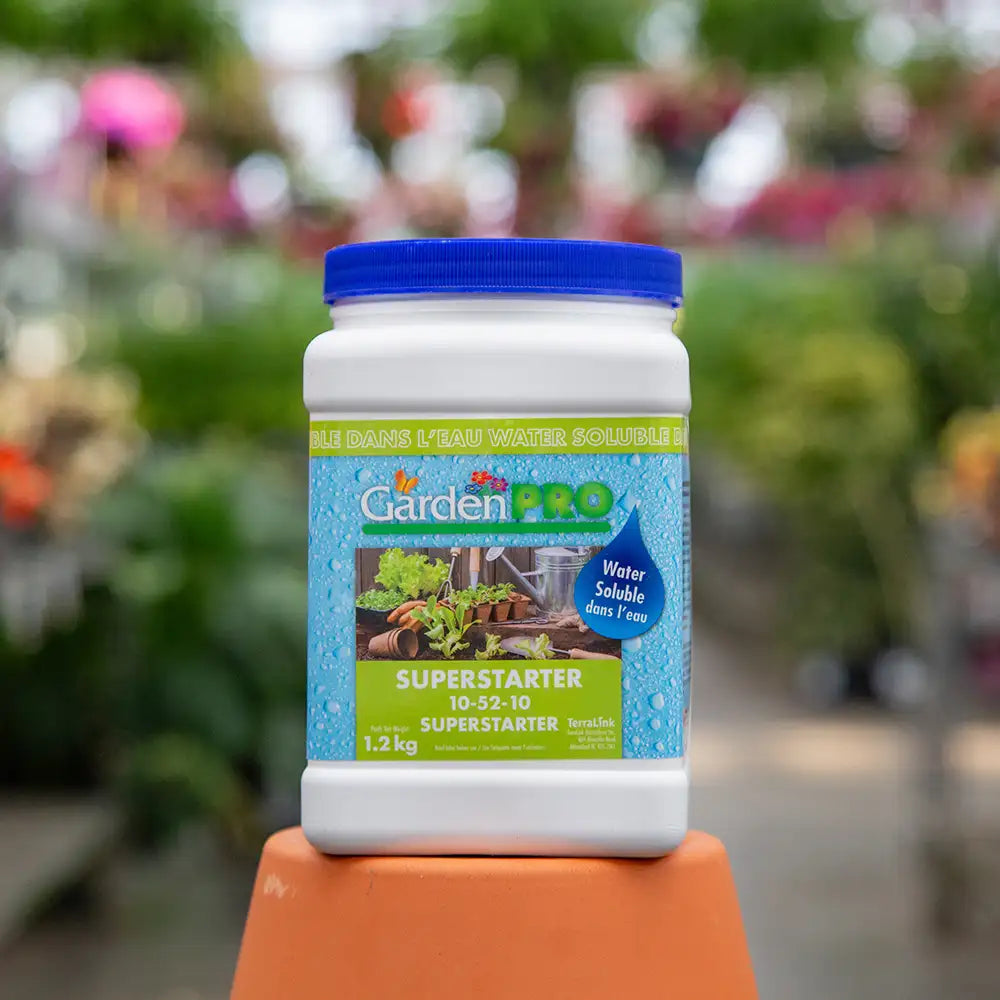Understanding Fertilizer
Fertilizing your plant can help it establish its new root system, encourage growth, or correct a nutrient deficiency. It can seem intimidating at first with lots of different options coming in different ratios and formulas, but it’s not as complicated as you think. Once you understand a few basic concepts, you’ll feel much more comfortable with feeding your plants!
NPK: Nitrogen, Phosphorus & Potassium
All fertilizers have three numbers on the package, representing the percentage of each nutrient present (by weight). The formula will look something like this: 2-5-3. In this scenario, the “2” represents the amount of nitrogen (N), the “5” represents the amount of phosphorus (P), and the “3” represents the amount of potassium (K).
Each nutrient encourages a different type of growth for the plant and can easily be remembered with the phrase “up-down-all around”.
- Nitrogen (up): Encourages green, leafy growth
- Phosphorus (down): Encourages root growth, flowering, and fruiting
- Potassium (all around): Encourages all-around health of the plant by strengthening cell walls, improving stress resistance, regulating water use, and aiding photosynthesis
The ratio of these three nutrients determines how the plant spends its energy. If one number is higher than the others, the plant will spend more energy on the type of growth that this nutrient encourages.
Ratio Equality
If you are looking for a specific set of numbers that was recommended and you can’t find it, you can pick something with a similar ratio. For example, if you are looking for a 10-15-10, you could also grab a 2-3-2 or a 20-30-20. The application rates on each package will often compensate for higher or lower numbers. For example, a 20-30-20 fertilizer might require you to apply less volume per application, whereas a 2-3-2 fertilizer would be more.
While higher numbers may feed your plant more, it carries a higher risk for over-fertilizing if you're not precise, which will burn your plants. Lower numbers are easier to use with little to no risk and will still encourage good growth of your plants. Always make sure you always follow the directions on the packaging though, as too much fertilizer can cause burning or browning of the plant and cannot be corrected.
Organic vs. Synthetic
The choice between organic and synthetic fertilizers is not as simple as organic = better.
Organic fertilizers are derived from animal- or plant-based sources, including compost, manure, fish emulsion, and bone meal. They have much lower strengths or concentrations and are in a form that must be broken down by soil microbes before they are available to the plant due to their limited ingredient options. If organic is an important factor for you, annual or bi-annual compost applications are a long-term option to supplement your fertilizer applications.
On the other hand, synthetic fertilizers are comprised of concentrated formulas of nitrogen, phosphorus, and potassium and are immediately available to be used by the plant. As you need to apply lower rates of them, synthetic fertilizers also tend to be the more economical choice.
Application Methods
There are a few different application methods that you can pick from, which will also determine how frequently you need to reapply your fertilizer.
Granular: A pellet form of fertilizer that can either be applied to the bottom of the hole when you plant, or the top of the soil and raked in slightly. This form is considered a “slow-release” and will disintegrate slowly over the span of a few months, so they need to be applied much less frequently than the water-soluble form.
Water-Soluble: A powder form of fertilizer that is mixed into your water and then watered into the soil. This form means the nutrients are immediately available to the plant, but will need to be applied much more frequently than the granular form.
Granular Spike: A spike form of the granular fertilizer that is driven into the ground where the root system is, as opposed to sprinkled around it. These are only suggested for larger mature trees and evergreens due to their size.
Liquid Concentrate: Essentially the same as water-soluble, but concentrated liquid instead of powder.
Transplant Fertilizer
While there are lots of different fertilizers available, one that we always recommend is transplant fertilizer for newly planted plants, whether they are trees, shrubs, or perennials. Due to the high phosphorus, it will encourage root growth rather than leaf growth, which is essential to establish the plant’s root system before it goes dormant for the winter months. The larger you can get this root system in the first season, the more access to water and nutrients the plant will have in the next. This will help your plant establish itself and thrive faster than if you encouraged leaves or flowers in its first year.
As with any other fertilizer, it is available in both granular and water-soluble forms. Products may be labelled as plant starter, transplanter, superstarter, quick start, etc. You could also use bone meal, which is a natural fertilizer that encourages root growth.
After its first year, you can switch to applying a plant- or growth-specific fertilizer based on the plant type.
Common Nutrient Deficiences
Nutrient deficiencies occur in three ways:
- Lack of a nutrient in the soil
- An imbalance of either pH or moisture content in the soil makes the nutrient difficult for the plant to absorb
- An excess of one nutrient makes it difficult for the plant to absorb others
These deficiencies won't kill a plant immediately, but it is best to correct them quickly so the plant can recover. To do so, we recommend correcting them with water-soluble or liquid concentrate application methods when possible, as they are the fastest acting.
There is a wide range of possible deficiencies, but most are uncommon. If you're noticing symptoms, it's very likely one of these.
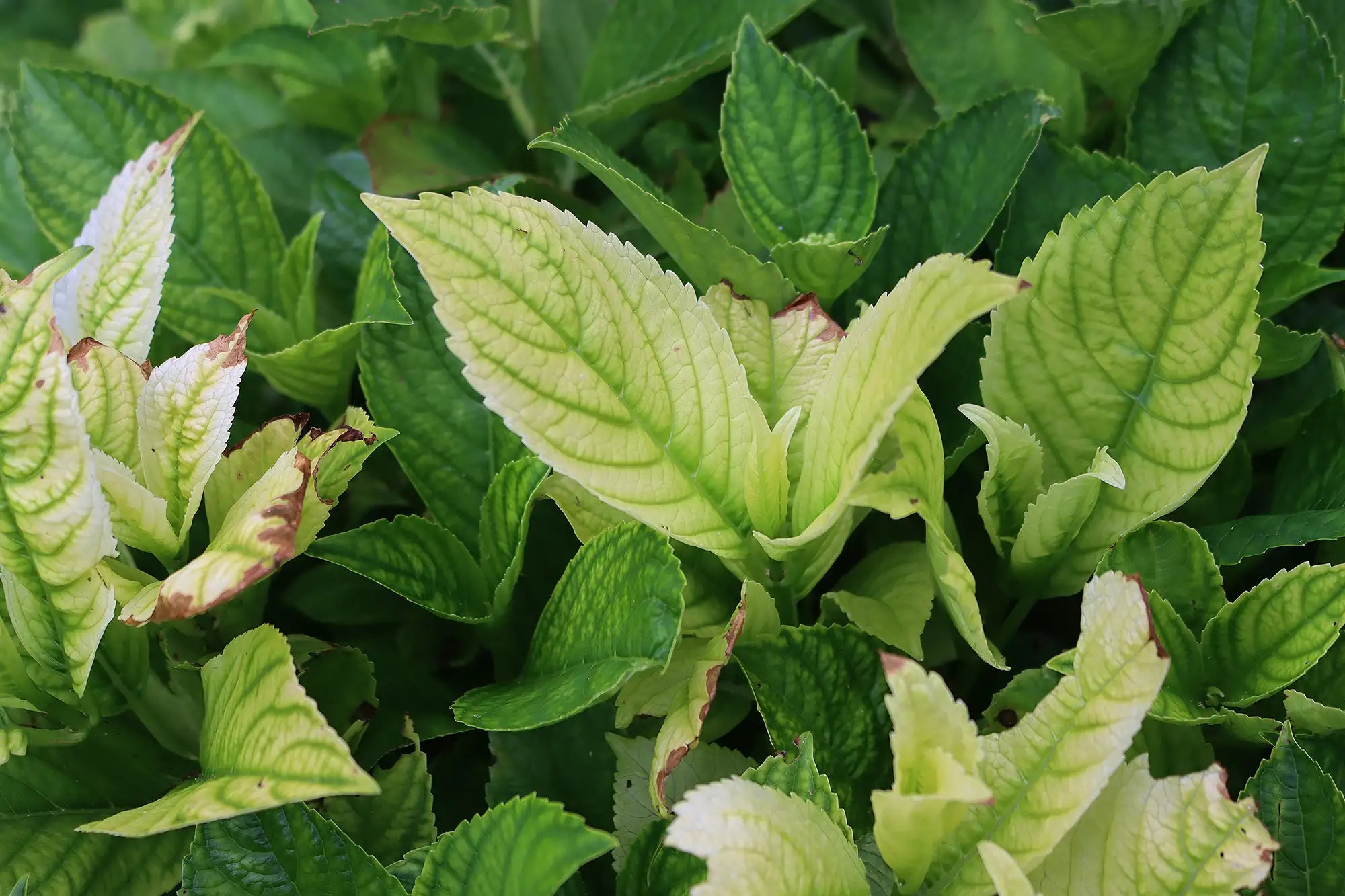
Iron
- Most common deficiency in our area
- Indicated by yellowing of the leaves, while the veins remain green (interveinal chlorosis), starting from the base of the leaf
- Affects newly emerging leaves
- High pH can worsen the problem and is typically the issue in our area specifically
- Treat with GardenPro Quick Green & soil acidifier (in Durham Region)
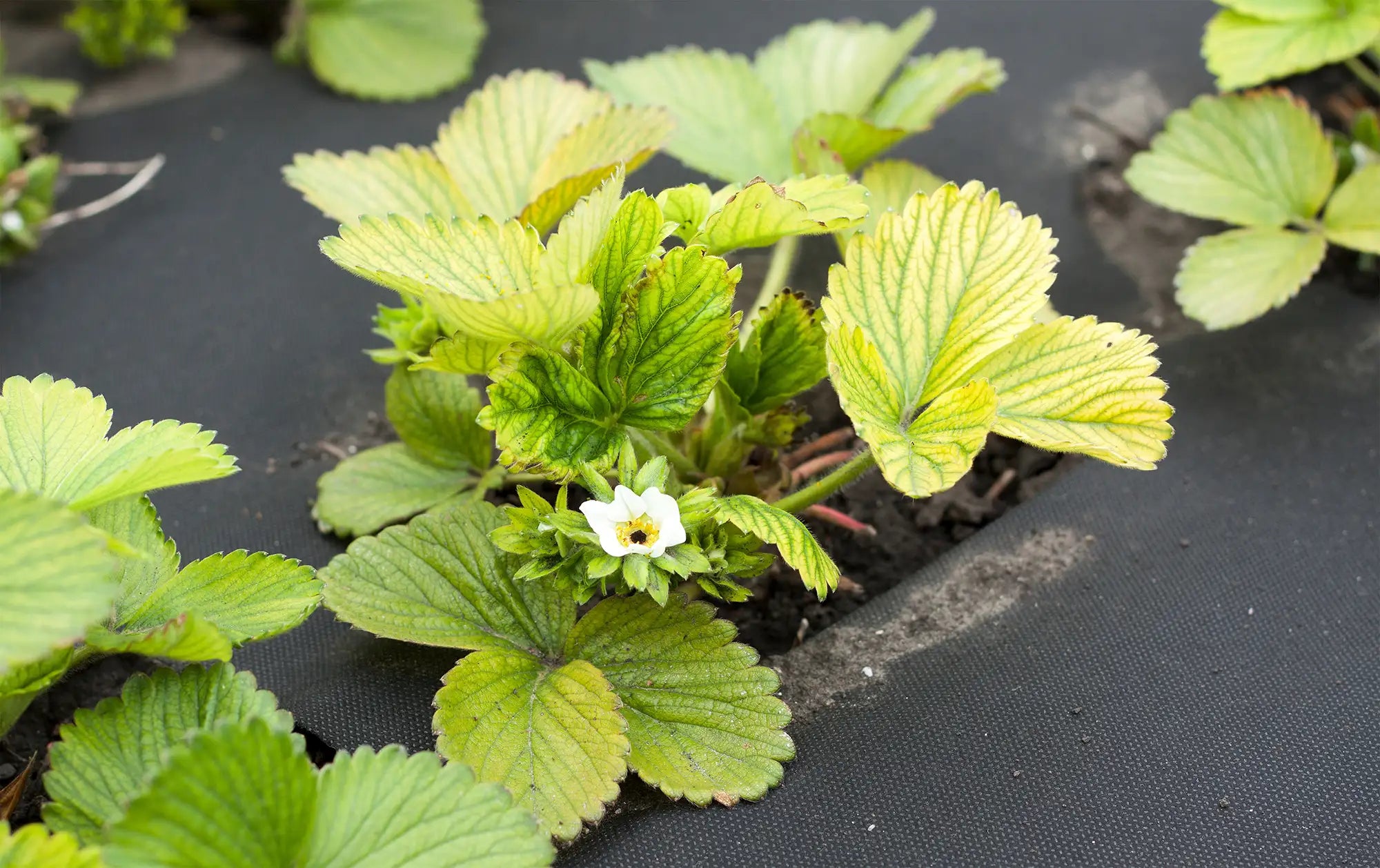
Nitrogen
- Indicated by the paleing of all leaves, the yellowing of the oldest leaves, and stunted or delayed growth of leaves, fruits, and/or flowers
- Worsened by repetitive heavy rains, adding high-carbon material to the soil (sawdust, straw, etc.), and high pH
- Treat with GardenPro Quick Green & soil acidifier (in Durham Region)
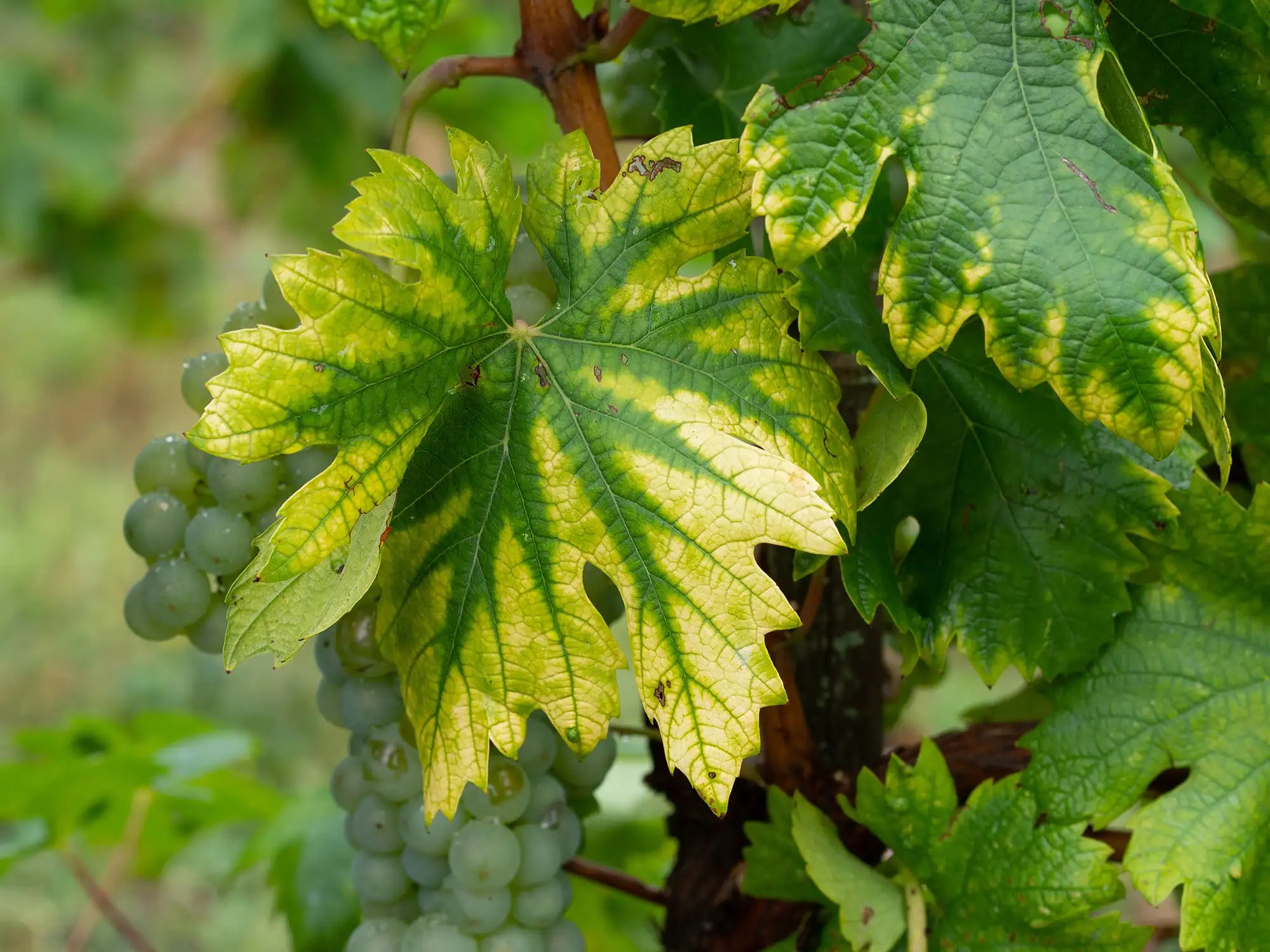
Magnesium
- Less common than iron deficiencies in our area
- Indicated by yellowing of the leaves, while the veining remains green (interveinal chlorosis), starting from the edges of the leaf
- Starts with lower, older leaves, then moves upwards
- Worsened by repetitive heavy rains and excessive calcium or potassium in the soil
- Treat with Epsom salts or dolomitic lime
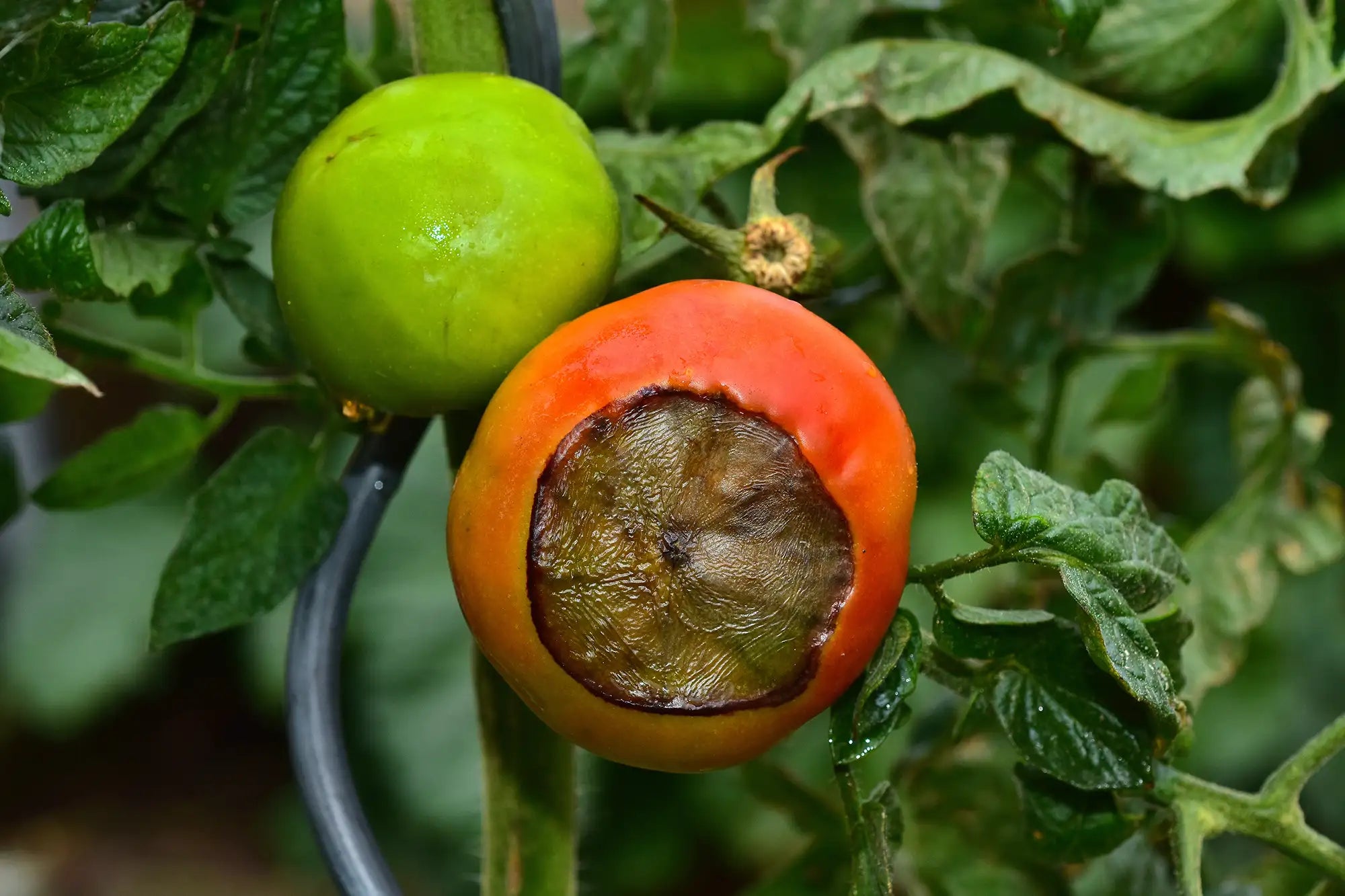
Blossom End Rot
- Indicated by black rotten spots on the bottom of tomatoes
- Caused by a lack of calcium when the fruit was forming
- Worsened by a lack of or inconsistent water
- Treat with vegetable fertilizer with added calcium & increase watering frequency/volume


